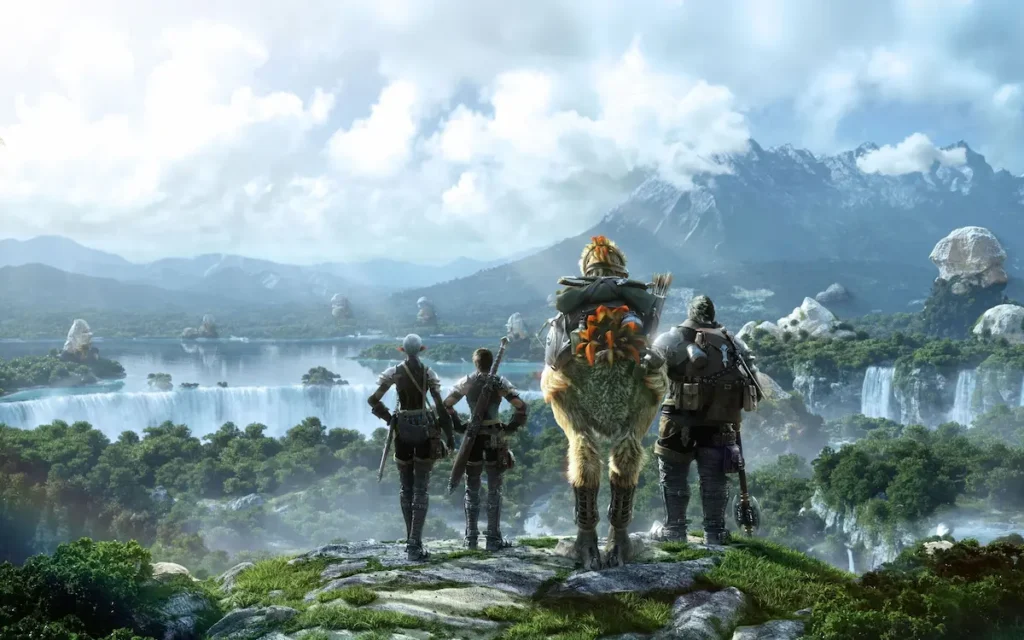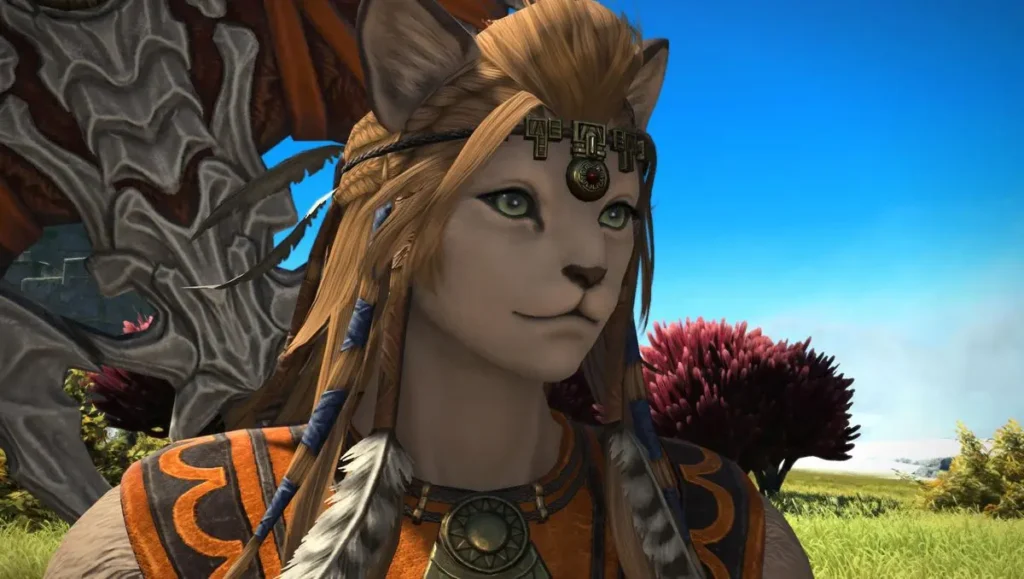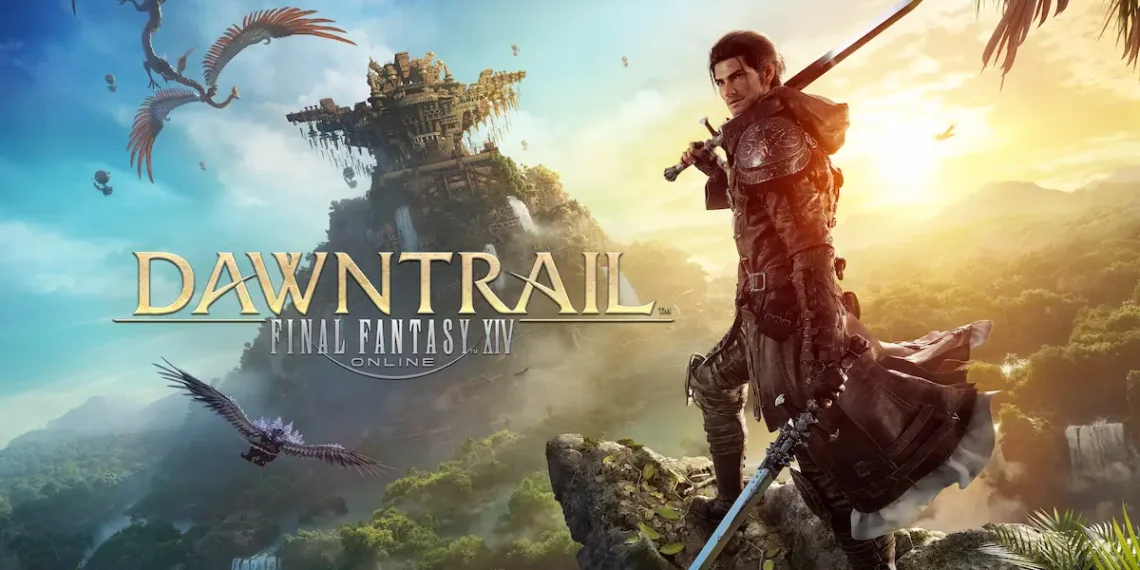“Endwalker” ended ten years of world-building and storytelling in Final Fantasy 14, reaching at peak in a universe-threatening climax. It was an event having great meaning that saw the Warrior of Light pushed to their limits, wrapping up the Hydaelyn and Zodiark saga.
Now, with the release of the next expansion, Final Fantasy 14: Dawntrail, the question arises: Can it meet the high expectations set by its predecessor? The answer is difficult—perhaps it cannot, but then again, what could follow such an epic conclusion?
The first notable change in Final Fantasy 14: Dawntrail is the significant graphical update, updating character models, materials, and lighting.
This upgrade is immediately visible, with complicated details like subtle dark circles under characters’ eyes and richly textured objects in the environment. The visual improvements are so striking that players may find themselves admiring the minutiae for hours.

The storyline of Dawntrail is driven by Wuk Lamat, a charismatic cat leader who invites the Warrior of Light to Tural to assist in her quest for succession.
The narrative revolves around her bid to claim the Dawnservant’s throne, competing against her siblings and a few powerful rivals. This family drama is at the heart of the expansion, exploring themes of expectations, love, and rivalry.
Wuk Lamat, along with her intelligent brother Koana, and their adopted and trueborn siblings, are all competing for the throne of the current Dawnservant, Gulool Ja Ja, a two-headed Mamool Ja.
The journey through Tural begins slowly, with players exploring the forests, wetlands, and mountains while learning about the local cultures. Unlike previous expansions, there is no immediate, overarching threat.
Instead, the focus is on Wuk Lamat’s growth and her struggle to find her place in her family. She is an earnest and relatable character, not ready for leadership until she starts embracing her unique strengths.
Her curiosity and willingness to learn about different cultures make her endearing, though her frequent speeches about unity and understanding can become repetitive.
As the act of succession reaches its climax, the story takes an unexpected turn into a Wild West-themed chapter. This section is an exit from the rest of the expansion, featuring cowboys, gunfights, and saloons.
While the landscape of Shaaloani is visually striking, the tonal shift and reliance on clichés feel out of place. Despite this, the slower pace here makes the final section of the story hit harder, introducing a genuine threat that cannot be resolved through dialogue alone.
The final zones bring everything together, offering some of the best content in the game and setting up exciting possibilities for the future of Final Fantasy 14.
Dawntrail’s central theme is the exploration of family ties, whether it’s sibling rivalry, connecting with parents, or dealing with unforgivable actions.
The expansion goes into the difficulties of finding birth parents, grieving, and forming found families. While not perfect, these themes are handled with enough depth to resonate with players.
Despite some narrative hiccups, Tural is a joy to explore. Each town has its unique history and customs, from the reed-reliant Hanuhanu to the life-after-death beliefs of the Yok Huy. The detailed exploration grounds the fantasy world, making it feel tangible and real.

Dawntrail recalls memories of Final Fantasy 10, with its journey of support and growth, though without the tragic romance. Fans of Final Fantasy 11 will appreciate the numerous Easter eggs and musical references scattered throughout the final quarter of the expansion.
In summary, Dawntrail is a messy yet heartfelt expansion. While it has its low points, its world-building, character development, and combat make it a worthy addition to Final Fantasy 14.
The adventure is at its best in the small moments of joy and discovery shared with others, making for an unforgettable experience.
Also read: The Much-Awaited GTA 6 Shakes Up the Gaming Industry



































